In the cycling endurance world, an adequate nutritional plan can make the difference between completing an event successfully or suffering a performance drop due to emptying muscle glycogen stores, the fuel needed for high intensity.
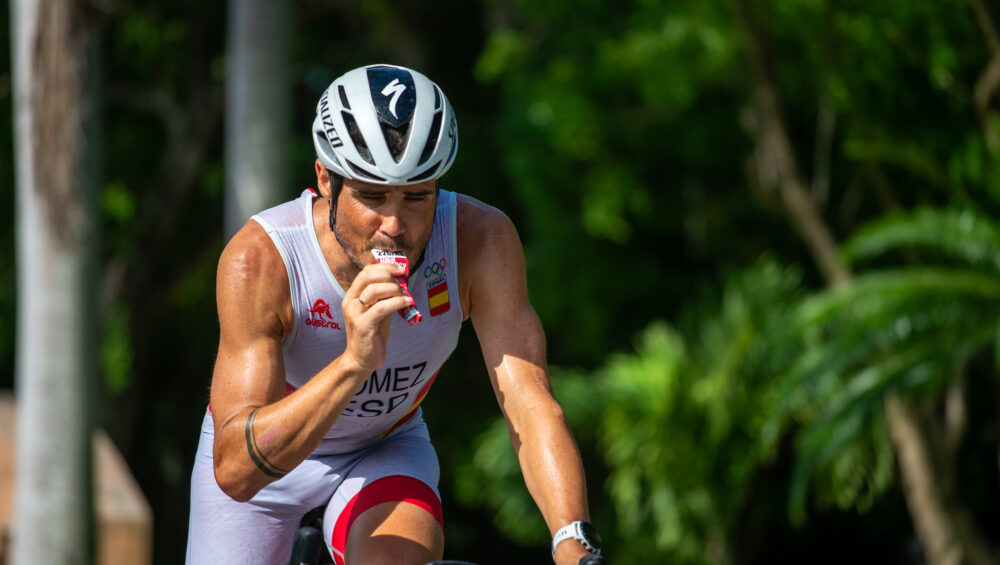 CategoriesNews
CategoriesNews CategoriesNews
CategoriesNewsIn the cycling endurance world, an adequate nutritional plan can make the difference between completing an event successfully or suffering a performance drop due to emptying muscle glycogen stores, the fuel needed for high intensity.
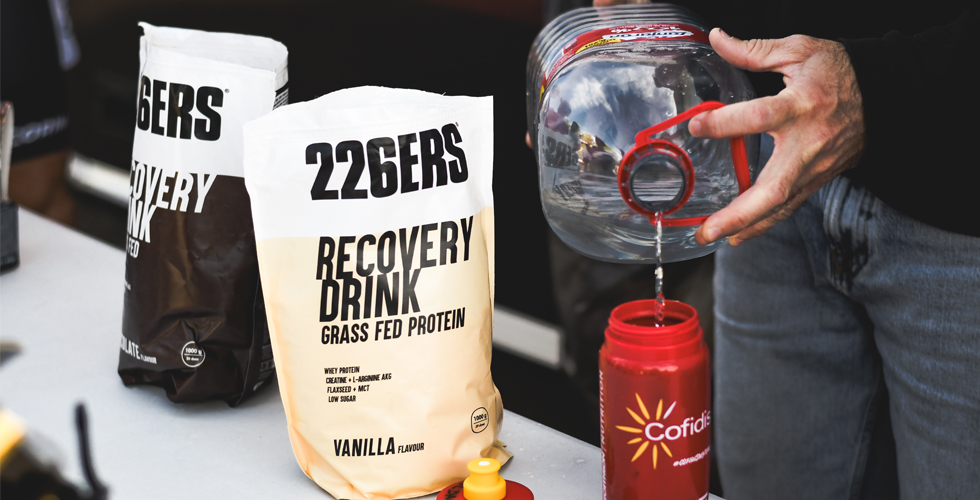 CategoriesNews
CategoriesNewsOne of the questions that strikes any athlete is what to eat after training. Will it improve performance and recovery? Does what you eat matter? Will the outcome be the same?
 CategoriesNews
CategoriesNewsHave you ever wondered what keeps top athletes on the competitive track?
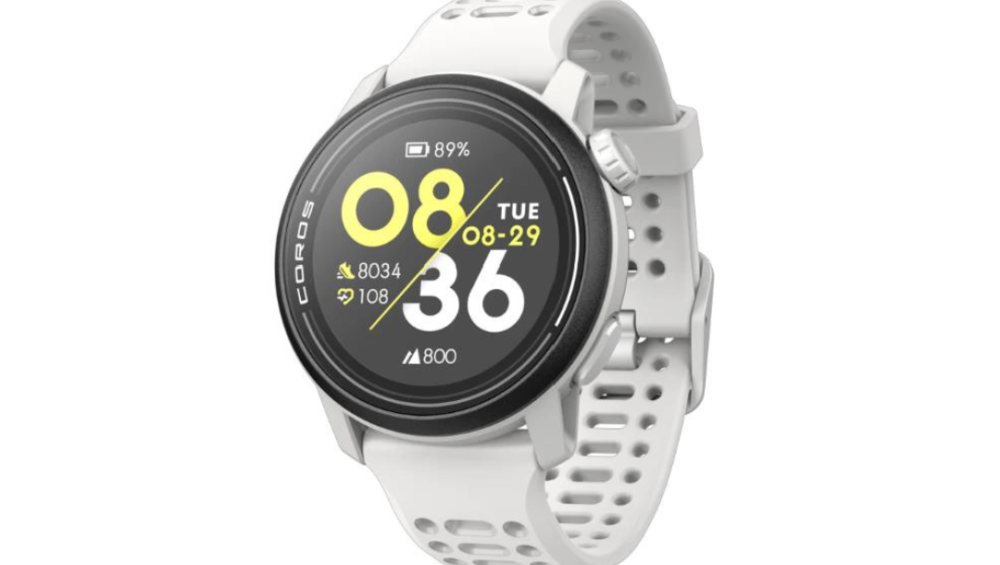 CategoriesNews
CategoriesNewsHave you decided to get a new smartwatch but are facing the classic dilemma: Coros vs Garmin?
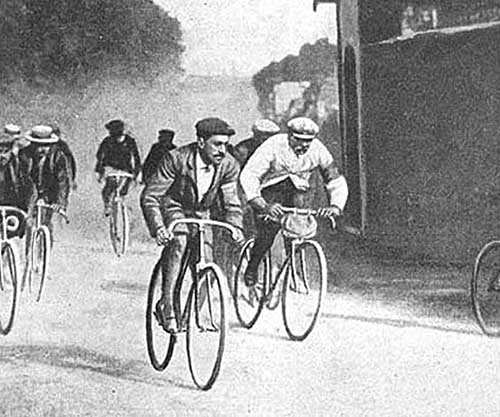 CategoriesNews
CategoriesNewsThe story of the birth of the bicycle is mostly associated with the German baron Karl von Drais,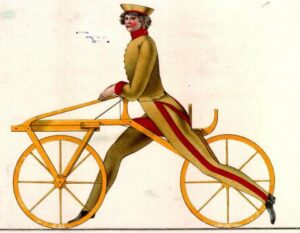 who joined two carriage wheels to a wooden frame in the early 19th century and added a saddle to the frame. Driving was done by pushing with the feet.
who joined two carriage wheels to a wooden frame in the early 19th century and added a saddle to the frame. Driving was done by pushing with the feet.
In 1839, Scottish blacksmith Kirkpatrick MacMillan built the first so-called modern bicycle by attaching pedals to the rear wheel. Since riding a bicycle shook the rider hard (hence the name bone shaker), this problem was solved in 1888 by the Scottish veterinarian John Boyd Dunlop, who added inflatable tires to the bicycle. And in 1897, the bicycle got a freewheel mechanism.